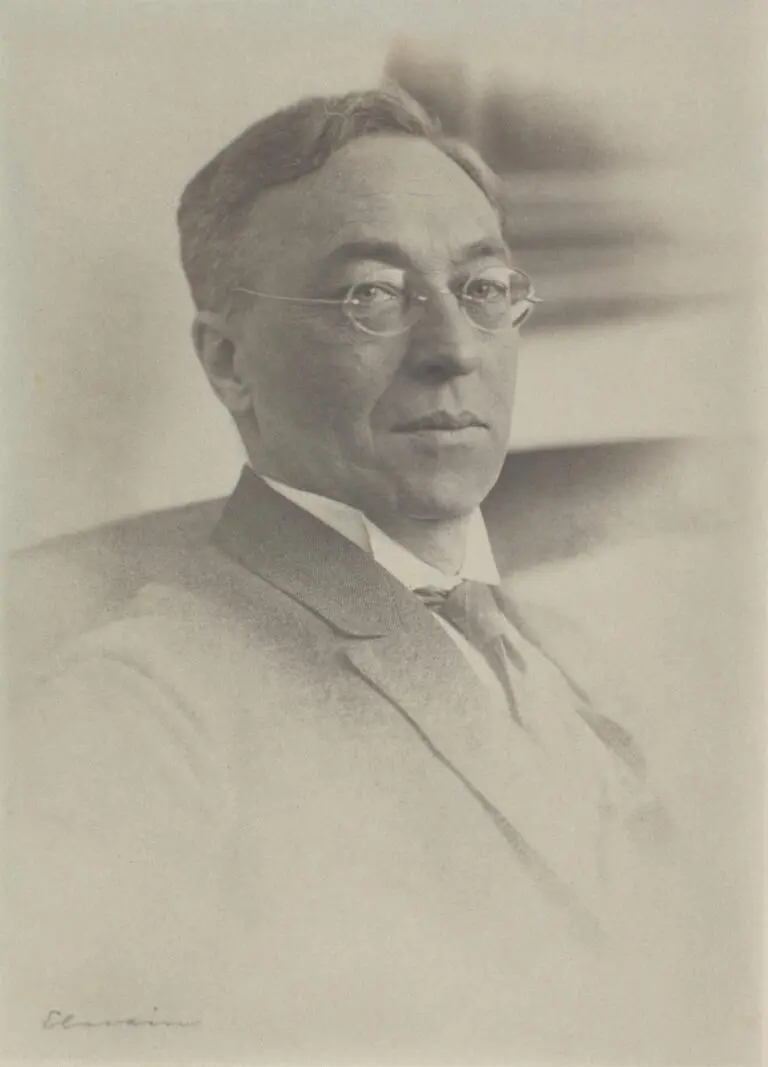Pointy black (1931)
Created in 1931 by Wassily Kandinsky, Pointy Black is a mesmerizing example of abstract art that utilizes geometric shapes and a striking color palette. Kandinsky's approach in this work reflects his belief in the emotional power of colors and forms, establishing a visual language that resonates deeply with viewers. This artwork played a crucial role in shaping the trajectory of modern artistic expression and remains influential to this day.
1931
About the Artwork
Pointy Black, crafted during a particularly innovative period in Kandinsky's career, exemplifies his quest to connect the viewer's emotions with visual experiences. As one of the forefront figures in the abstract art movement, Kandinsky sought to break free from traditional representation, focusing instead on the spiritual and emotional resonance of colors and abstract forms. This piece, with its dynamic composition, encapsulates his artistic philosophy, which held that art should transcend the physical world and communicate deeper universal truths. Kandinsky's exploration of abstraction not only influenced his contemporaries but also laid the groundwork for various movements that followed, such as Tachisme and Color Field painting.
Did You Know
Liked what you see? Add it to your collection.
Enjoyed reading? Share it.
... continued
Artist and Significance
Wassily Kandinsky is widely regarded as the pioneer of abstract art, and his works are highly influential in the development of modern art.
Creation and Style
Pointy Black is an example of Kandinsky's abstract style, characterized by geometric shapes and bold colors. The artwork features a composition that highlights his innovative use of form and color to evoke emotions and create a visual language.










